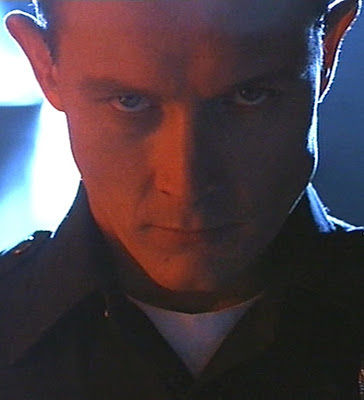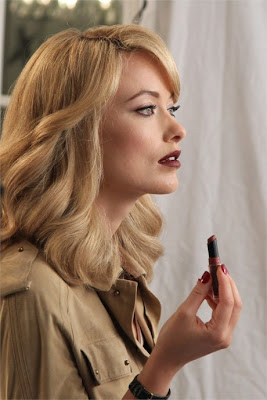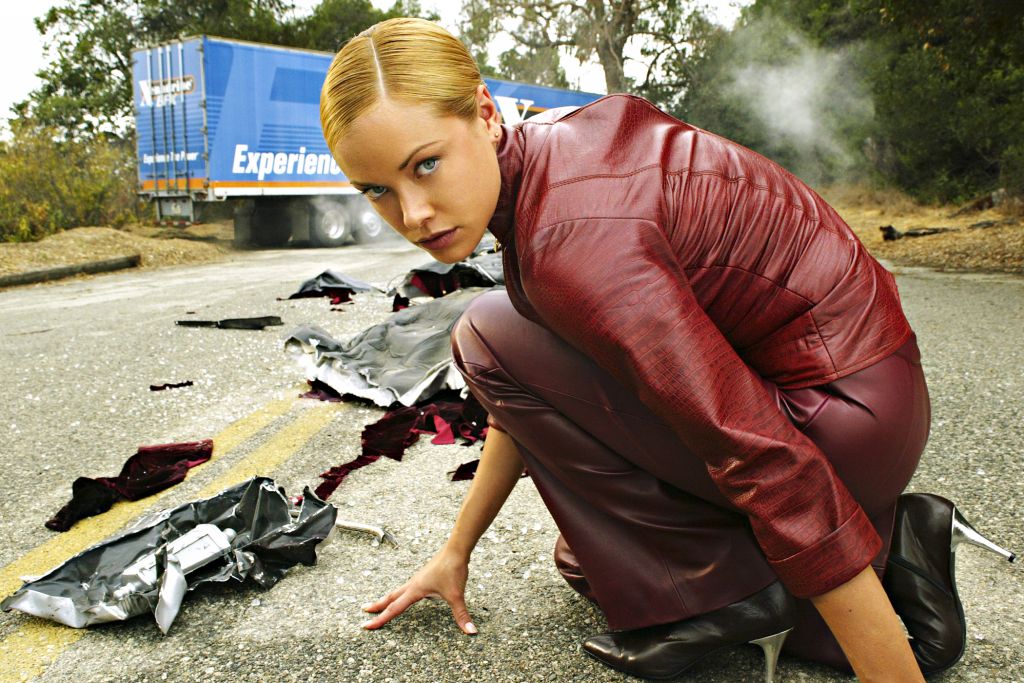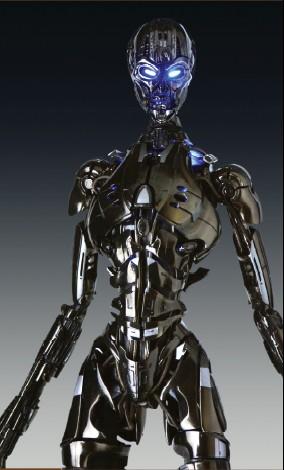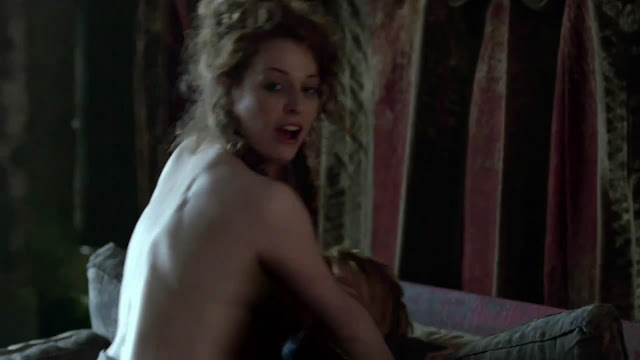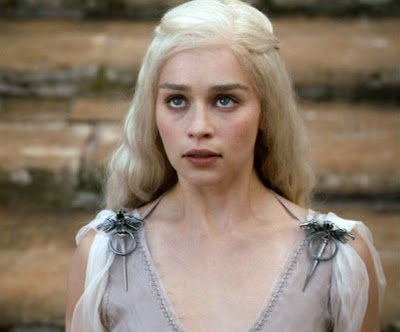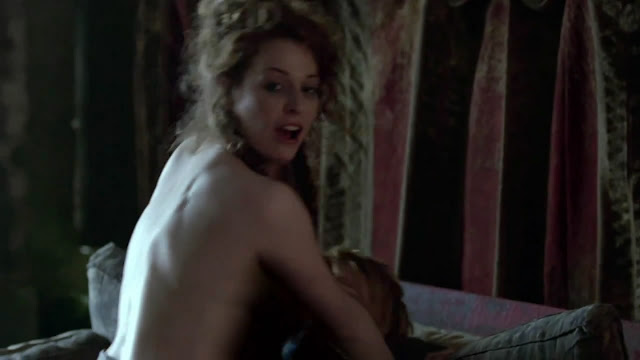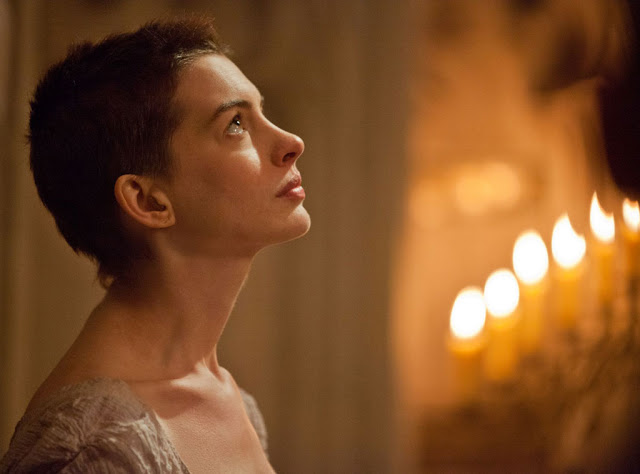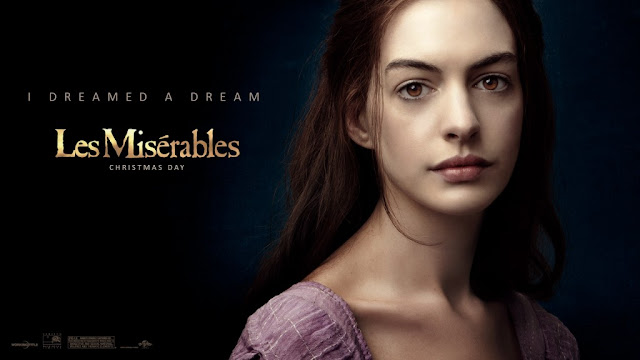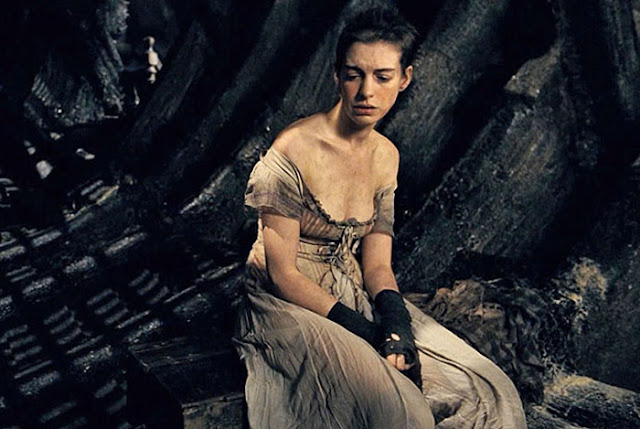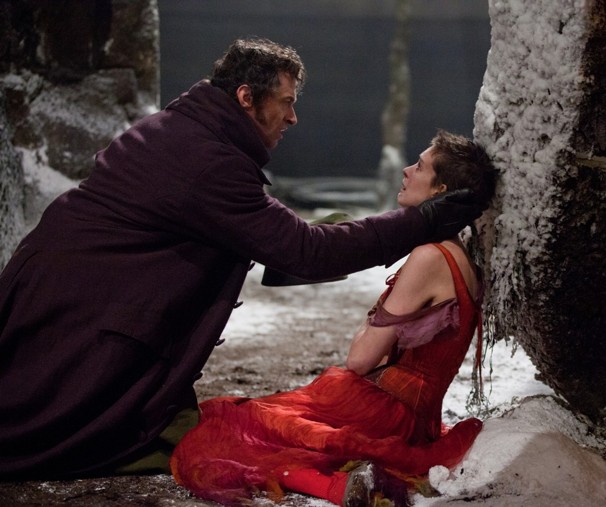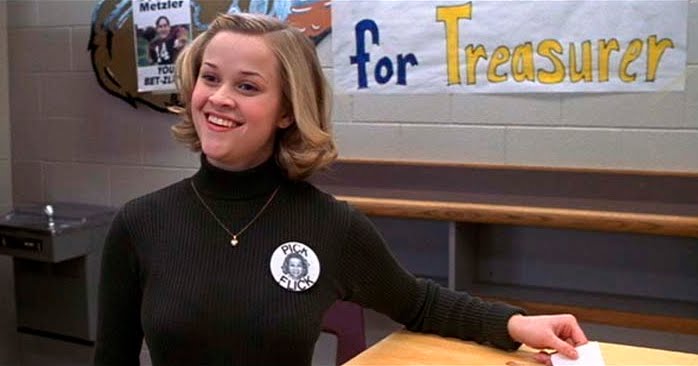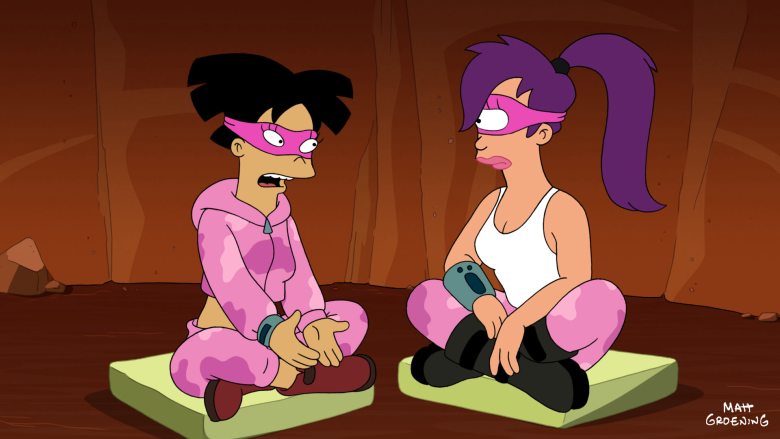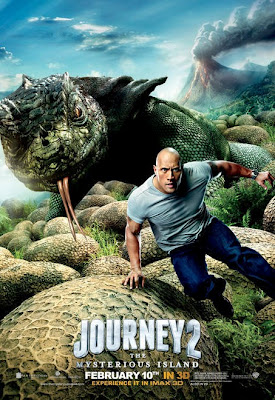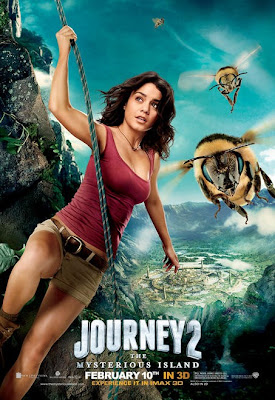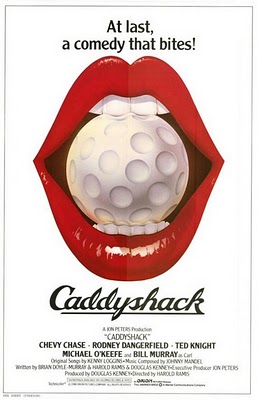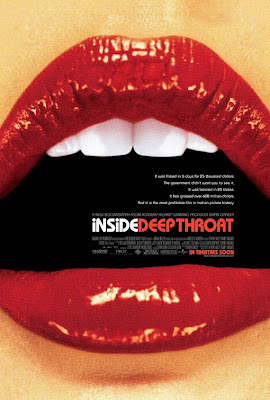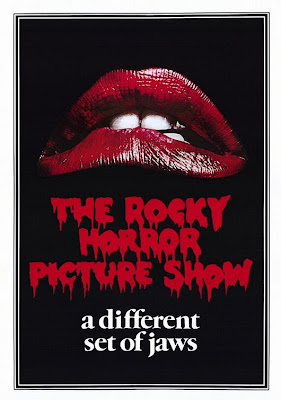By Myrna Waldron
Spoiler warning: Full summary of episodes from the currently airing Season 7.
Trigger warning: Very brief reference to rape.
 |
| From “Into The Wild Green Yonder,” Amy & Leela talking. |
Is it possible to still love something when you’re completely annoyed by it?
This is how I feel about Futurama right now. I’ve been a fan of it since its premiere in 1999 (as I spent most of my preteen and teen years with a healthy obsession with The Simpsons). As my affection for The Simpsons waned, Futurama replaced it as my favourite TV show. And there’s a lot to love – the series affectionately parodies a wide array of science fiction staples, the mood varies from slapstick comedy, to tragedy, to overwhelming wonder, and the writers and actors are some of the most talented and intelligent working in television today.
The two main female characters, Turanga Leela and Amy Wong, are one of the main reasons I love the show so much. They are good examples of those mythical strong female characters you’ve all heard about, Leela especially. They combine several seemingly contradictory traits, resulting in a multi-faceted characterization.
Leela is one of those rare combinations of toughness and vulnerability, since her personality combines a short, sometimes violent temper, with tremendous internal insecurity. In situations where the cast is in trouble, Leela is always the one who reacts first, and she is usually the one who is the voice of reason (especially if her only allies are the dimwitted Fry and the immoral Bender). Her insecurity especially links to her heritage – as a mutant whose only mutation is a single eye in the centre of her forehead, she doesn’t truly belong with her mutant parents, nor with the “normal” humans.
Amy is a Chinese-American heiress, and is one of the few Asian characters I’ve seen represented on television ANYWHERE. She is sometimes shallow and promiscuous and has a tendency to constantly use the 30th century equivalent of slang, but she also holds a Ph.D in Applied Physics, establishing an Elle-Woods-in-Legally-Blonde-like contrast between the stereotype of a bimbo and incredible intelligence. She and Leela also share the trait that they don’t take any of the crap that their male co-workers sometimes throw at them.
But I have a problem.
 |
| From “Zapp Dingbat,” Munda, Leela, Fry and Bender. |
After Futurama was un-cancelled and began airing new episodes on Comedy Central, the tone of the show changed. The show never shied away from risque jokes, but I have noticed that the general content of the show has become, as TV Tropes might say, “Hotter and Sexier.” To give one example, the second episode of the 6th season, “In-A-Gadda-De-Leela,” has some fanservice that severely undermines character development. In that episode, an out-of-control satellite forces Zapp Brannigan and Leela to have sex in order to save the planet. (It…makes a bit more sense in context) At this point in the series, Leela and Fry have finally become a couple, so this scene struck me as a rather blatant attempt to get Leela to have sex with Zapp again despite her significant character development. There are other earlier examples of Amy/Leela fanservice as well, such as them making out in “Bender’s Game” and a scene from “Jurassic Bark” of them wrestling in tiny spandex leotards. It gets pretty tiring.
The 7th season, which is currently airing, has two episodes with fanservice that I have a particular issue with. In “Zapp Dingbat,” Leela’s parents divorce and her mother Munda starts dating Zapp Brannigan. Since Leela believes Zapp is only using her mother to get to her, she resents their relationship tremendously. She tries everything she can think of to break them up, but they only flaunt their relationship even more in response. Eventually, Leela tries to seduce Zapp. She invites him to her apartment for dinner, and when he arrives, she’s shown dancing around a stripper pole in a negligee. This scene infuriated me – not only is the fanservicey attempt at showing Leela acting like a stripper extremely blatant, it contradicts Leela’s previously established loathing for Zapp and her regrets over their brief affair. Her actions are also indicative of selfish betrayal, which is also out of character for her. At no point does she recognize that her seduction attempt would constitute cheating on Fry, apparently all she’s thinking about is getting Zapp to cheat on her mother. I was also offended that of all the “sexy” acts of fanservice Leela could have been depicted as doing, they went for stripping, which is a tremendously misogynistic industry.
 |
| From “The Butterjunk Effect,” Amy and Leela flying in their skimpy battle costumes. |
This trend of using the female characters for fanservice continues into the next episode, “The Butterjunk Effect.” In it, Leela and Amy join a “Butterfly Derby” league, which involves scantily clad female gladiators wearing giant butterfly wings. I bet I don’t even have to point out the fanservice here. Predictably, Leela and Amy wear very little once they become regular participants in this derby. They are easily defeated, and it is revealed their more powerful opponents drink “Nectar,” which acts similarly to steroids. The pair become addicted to the Nectar, and become violent and incredibly muscular. In fact, they become almost masculine, leading to some rather sexist jokes surrounding how they’re no longer acting like traditionally feminine women, and there are indications that Fry and Kif are losing attraction to them because of the masculinization. I suppose this is a parody of how steroids have a side effect of creating too much testosterone. At any rate, Leela and Amy run out of Nectar, and travel to the planet where it was sourced. Fry gets sprayed with a giant butterfly pheromone, which irresistibly arouse both Leela and Amy due to their Nectar addiction. Never mind that he’s already got one hot girlfriend, let’s have Fry fool around with the other hot girl too! …Again! I won’t even get into this episode’s running joke about women’s supposed cattiess to each other.
As you might guess, I’m pretty disgusted with how the female characters are being treated now. These plot developments and sexualized/objectified visuals are not indicative of the show that I love. It isn’t right that only the female characters are sexy, while every time a male character is naked or horny, it’s played for laughs. I suspected that this is because there aren’t any women on staff, only (presumably) heterosexual males. When I was looking up the information on these episodes, I decided to find out how many female writers/directors have been involved with
Futurama. According to Wikipedia, not including season 7, there are a grand total of three female writers, Kristin Gore, Heather Lombard, and Maiya Williams, who are credited only one episode each. I know it’s typical for screenwriters to be mostly male, but that’s just pathetic.
 |
| Leela and Amy wrestling in leotards. Objectification of women? Surely you jest. |
What I feel like is that episodes like “Zapp Dingbat” and “The Butterjunk Effect” set a rather dangerous precedent. The show hasn’t jumped the shark yet, but it’s strapped on the waterskis. If I were to show episodes like these to a non-fan, especially a female one, I doubt they’d gain much interest in the series. How did the same show go from “Robot learns he is not immortal and achieves a new understanding of how precious and finite life is” to “Women wear sexy leotards and butterfly wings while having airborne battles, then get addicted to steroids?” This downhill slope reminds me of what happened to Matt Groening’s other show, The Simpsons. The decline of The Simpsons is a topic that has been argued about many times, but the most common complaints include character derailment (Homer stopped being a well-meaning but foolish husband/father and became an overly impulsive and selfish asshole), fanservice (The Marge-gets-breast-implants episode, anyone?), and stupid, offensive and unrealistic plots (Homer gets raped by a panda). I am one of many Simpsons fans who had to give up watching the series, as it became unrecognizable from the groundbreaking and brilliant satire that I loved. It’s by now a cliche to prematurely predit the doom of a television series, but I don’t want to see the same downhill spiral from Futurama.
I doubt anyone involved with Futurama production is going to read this, but enough already. I don’t theoretically have a problem with risque jokes or sexy/erotic situations, but there is a difference between depicting sexuality, and exploiting and objectifying women for a presumed heterosexual male audience. Heterosexual women aren’t the only ones sick of this stuff. Judging from brief Twitter conversations I’ve had, some LGBT women don’t care for fanservice either, especially when it goes beyond subtle expressions of sexuality.
I like to joke that I believe in equal opportunity exploitation. If they’re not going to ever depict the male characters as sexy, then they need to stop with the fanservice of the female characters. It’s dragging down the entire show to exclusively objectify normally well-developed female characters. And they need to hire some women writers and directors. Math & science jokes, and science fiction in general, are not male-exclusive fields. I still want to continue to love
Futurama. When the show is at its best, such as episodes like “The Late Philip J. Fry”, it’s one of the greatest shows on television. But stuff like a stripper Leela and butterfly gladiators bring down the entire series. Honestly…if things don’t get better,
Futurama is going to end up just like
The Simpsons.
Myrna Waldron is a feminist writer/blogger with a particular emphasis on all things nerdy. She lives in Toronto and has studied English and Film at York University. Myrna has a particular interest in the animation medium, having written extensively on American, Canadian and Japanese animation. She also has a passion for Sci-Fi & Fantasy literature, pop culture literature such as cartoons/comics, and the gaming subculture. She maintains a personal collection of blog posts, rants, essays and musings at The Soapboxing Geek, and tweets with reckless pottymouthed abandon at @SoapboxingGeek.

